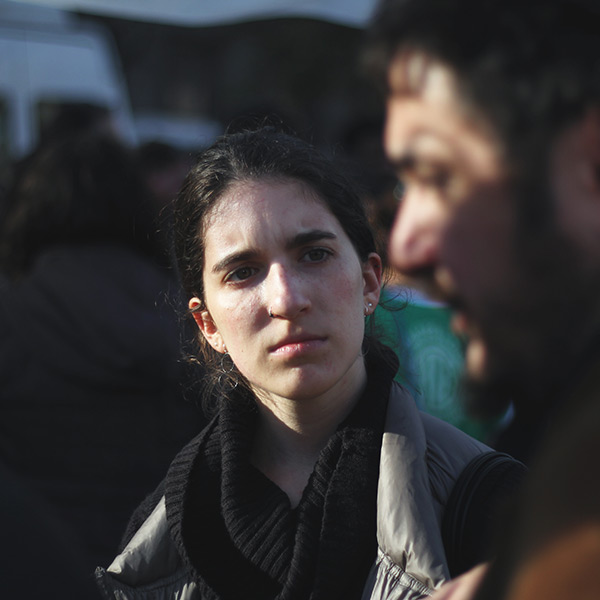SIT President Sophia Howlett on borders and migration
June 25th, 2018 | SIT

At the end of August, SIT will take a group of our students for the first time to Tucson, Arizona, where they will visit one of the major ports of entry for migrants coming into the United States. They will do so as the first part of a new SIT Study Abroad program called Migration, Borders, and Transnational Communities. The program is based in Oaxaca, in southern Mexico, where it collaborates closely with immigrant communities and NGOs working on migrant rights and support. It introduces American students to the immigrant story of journeys from the borders of Central America up through Mexico to the U.S. border, into an uncertain future.
We first set up this program as a very welcome return for SIT to Mexico. After years of travel restrictions and regional uncertainties, we felt conditions were right to bring American students back. We also believed there was an important story to be told: that of the Guatemalans, of the Hondurans, and of the many others who seek safety and a new life in the U.S. We wanted our students to understand their experience and hear what motivates these families to travel difficult, often perilous, roads with no certainty of a better life. We wanted our students to understand the political and economic conditions that compel these families to give up their homes and countries. We wanted our students to meet the NGOs that work with immigrants on their journey, and to meet the migrants who stay in Mexico, displaced from their homelands but unable to travel further. Finally, we hoped that our students would turn a critical eye to the migration process, from crossing into Mexico all the way through to Arizona. This was a difficult story to show and explore, but we were so happy to be there to do it.
But, for the past week, I cannot stop thinking – what will our students see now, this August, in Tucson? And what then will be the story they take away from their time with our program? The situation has become so much darker over the past few days. We knew this was a difficult story, but who knew just how dark?
All of us reading, listening to, watching the news – whatever our political beliefs – have been profoundly impacted by the reporting of families torn apart. We have all heard the cries of bewildered, distraught, innocent children, too young to know what’s going on or why. We hear of “tender age” shelters, concrete blocks and tent shelters turned into ad hoc emergency holding centers. We see border patrols and the judiciary struggling to keep up with requests for asylum at ports of entry and the numbers of adults and youngsters now in detention. Even now, we are confronted with the likely possibility of children being locked up with their parents for extended periods, and we are confronted with the real possibility that those families who have been pulled apart may never be put back together.
We are more than ever profoundly convinced that the immigrant story we will introduce to our students this fall is a vital one for SIT to tell and for these future American leaders to hear. Indeed, it is clear that understanding who these people are – their motivations, their backgrounds, and the journeys that they are willing to undertake in search of a better, safer, life in the U.S. – is a necessary part of all our educations. We need to understand why migration occurs. We need to look beyond the myths, the propaganda, the generic statements, to see and to hear the individuals as they are. Only then can we hope to have a national conversation about issues such as the need for more engagement overseas, humane treatment of the vulnerable, and appropriate paths to citizenship for those who come to this country.
